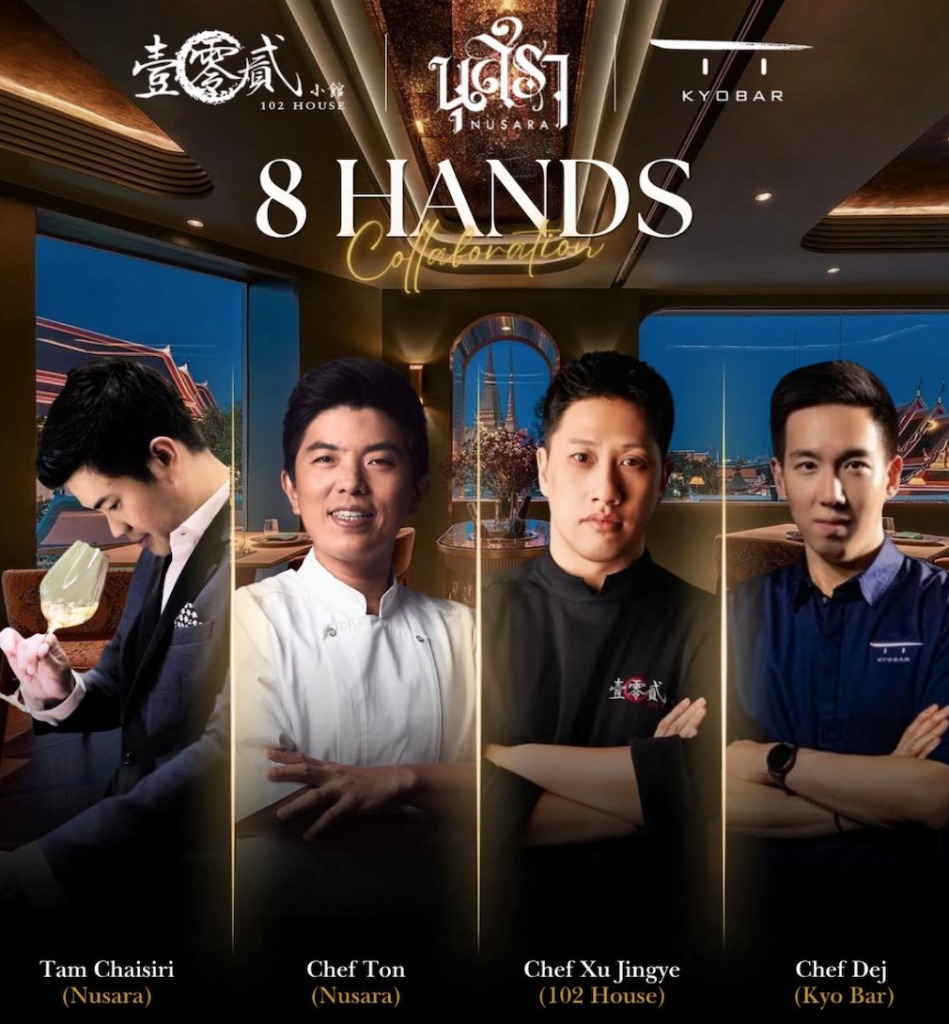
Once prized for their spectacle, globe-trotting chef collaborations are entering a more introspective, forward-thinking era.
No longer headline-making moments of star-studded synergy, these encounters are maturing into thoughtful cultural exchanges – spaces where flavors meet, traditions intertwine, and chefs pursue not just innovation, but shared meaning.
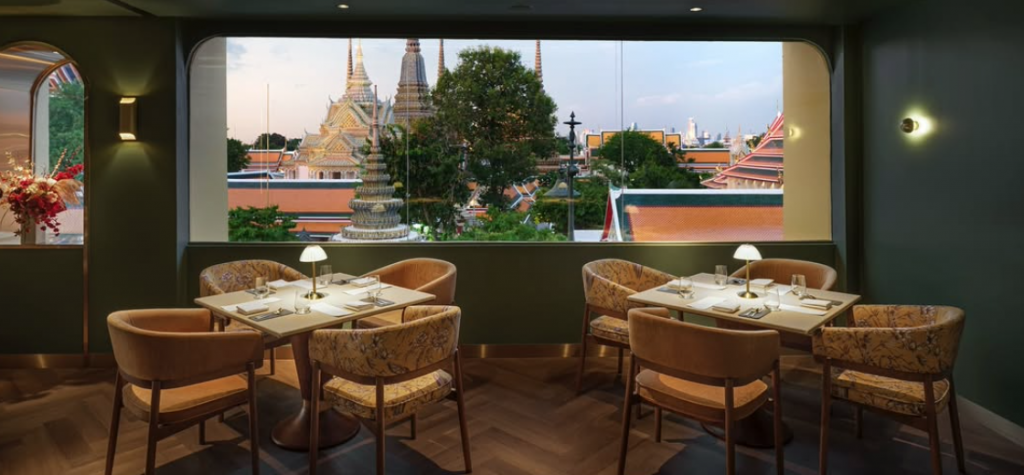
A recent 8-hands dinner held at the coveted Nusara in Bangkok proved a remarkable case in point.
Chef Thitid Tassanakajohn (aka Ton) of Nusara, Chef Xu Jingye of Shanghai’s two-Michelin-starred 102 House, the winner of Asia’s Best Pastry Chef 2025 Dej Kewkacha, and the sommelier Tam Chaisiri of Nusara, teamed up to craft a tasting journey narrating Thai and Cantonese cuisines.
More than a stage for personal expression, the dinner served as a canvas for mutual heritage, creative exchange, and cultural convergence.
“The cuisines are so different – in flavor, in ingredients, in cultural context,” Chef Ton reflected. “It wasn’t easy, but we wanted to create something meaningful together. Something truly shared.”
Thai-Chinese resonance on a plate

The affinity between Thai and Chinese cuisines is not accidental. For generations, waves of Chinese immigrants – particularly from the provinces of Guangdong and Fujian – have made their way to Thailand, weaving their food ways into local life.
In Bangkok, the Thai-Chinese community has long influenced its cultural fabric, especially the cuisine which is not a fusion but a hybrid where boundaries dissolve into everyday meals.
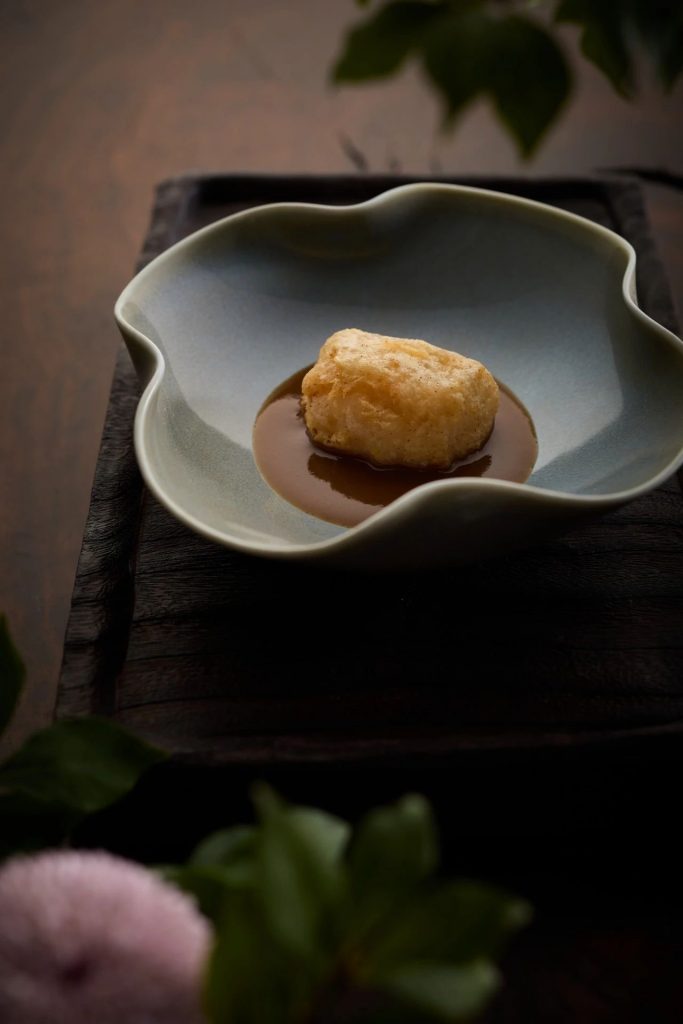

Cultural commonalities may have laid the groundwork, but a deeper connection was forged when Chef Ton visited 102 House in Shanghai. There, over a meal, both the chefs discovered similarities in their food philosophies. Wok cookery, stir-fry technique, and an obsession with temperature control became common languages from which a hybrid brought out a fluent exchange.
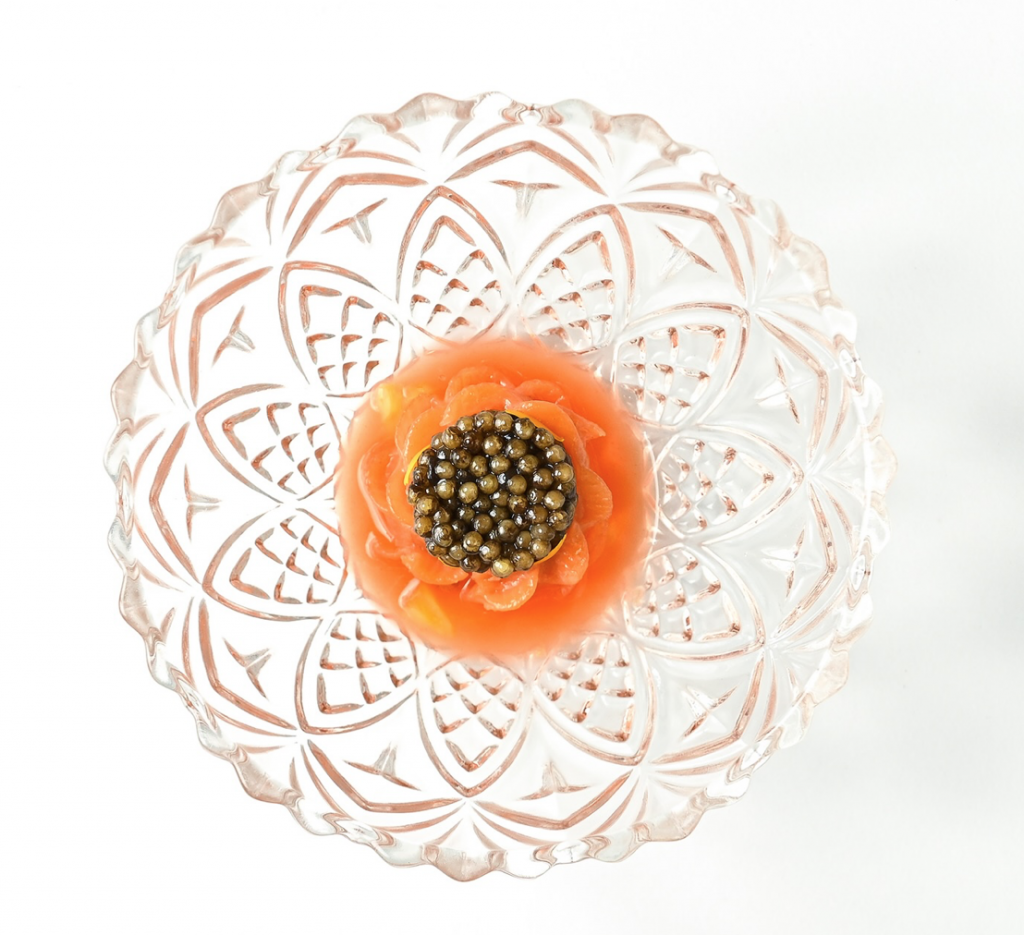
At the dinner, the menu didn’t attempt to blur or override culinary identities, but it found a beautiful contrast between juxtaposition and harmony instead, allowing Thai brightness to coexist with Cantonese depth, and each plate told a story not of fusion, but of renewal, for instance, char siu made from Thai pork, paired with Thai-style pork neck sauce, retained its Cantonese soul while embracing Thai flavor.
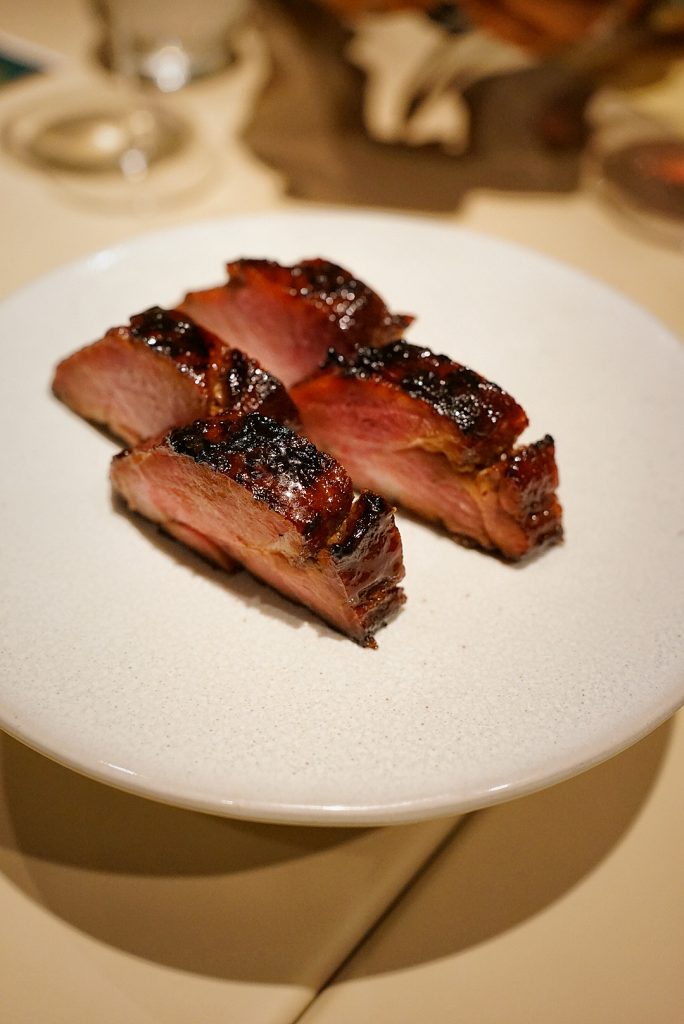
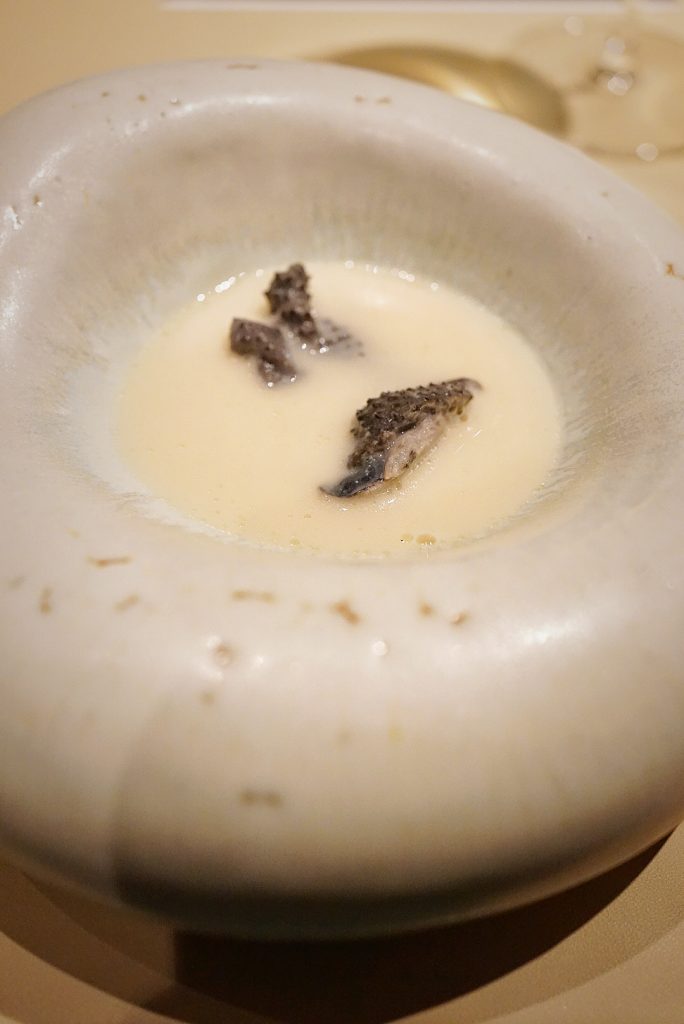
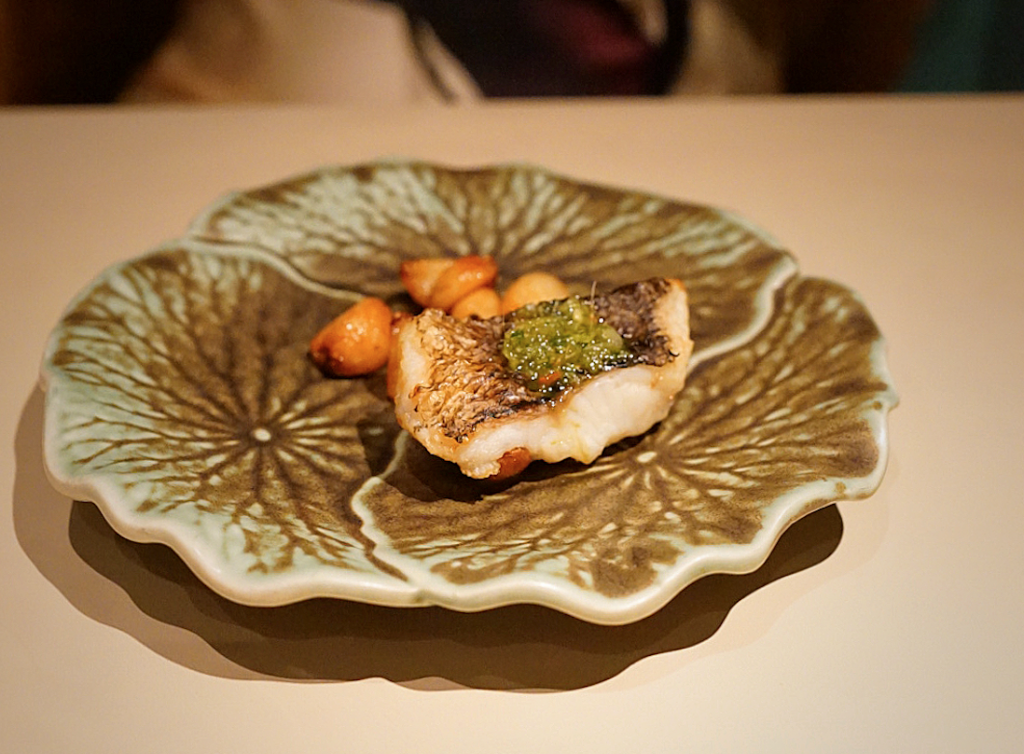
A delicate stew of Thai coconut and chicken in a preparation reminiscent of double-boiled Cantonese soups, and a classic Cantonese jelly pot technique was used to highlight Thai shellfish in unexpected ways.
Desserts were left in the hands of Chef Dej Kewkacha, whose reputation for technical precision with whimsical quality has earned him the title of Asia’s Best Pastry Chef in 2025.
Accompanied by this signature flair, he introduced the desserts that can be delightful and intellectually alive. One dessert, a choux pastry flavored with Shaoxing wine, pandan, and caviar, was sweet and savory.


Elsewhere, black sesame was punctuated with a whisper of chili oil, and tropical fruit salad was reimagined with savory nuance.
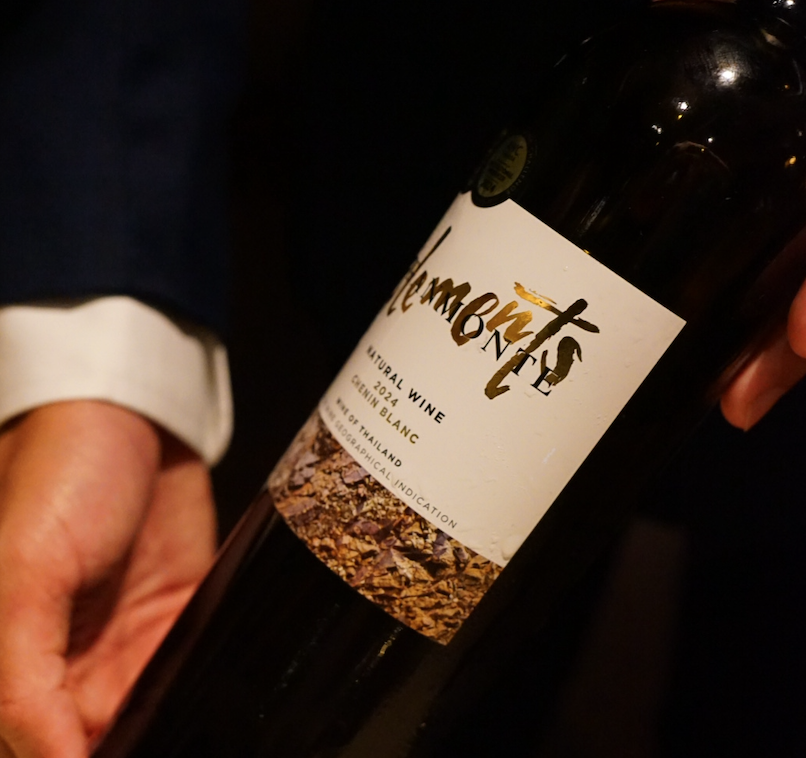
Tying the evening together was Tam Chaisiri, Nusara’s hospitality lead and sommelier, whose role extended beyond that of a traditional sommelier. Tam selected pairings that enhanced not only the flavor of each course, but its emotional and cultural resonance. From subtly infused Thai spirits to artisanal teas and even a pour of Chinese Moutai, each pour illuminated the journey.
Collaboration as cultural practice
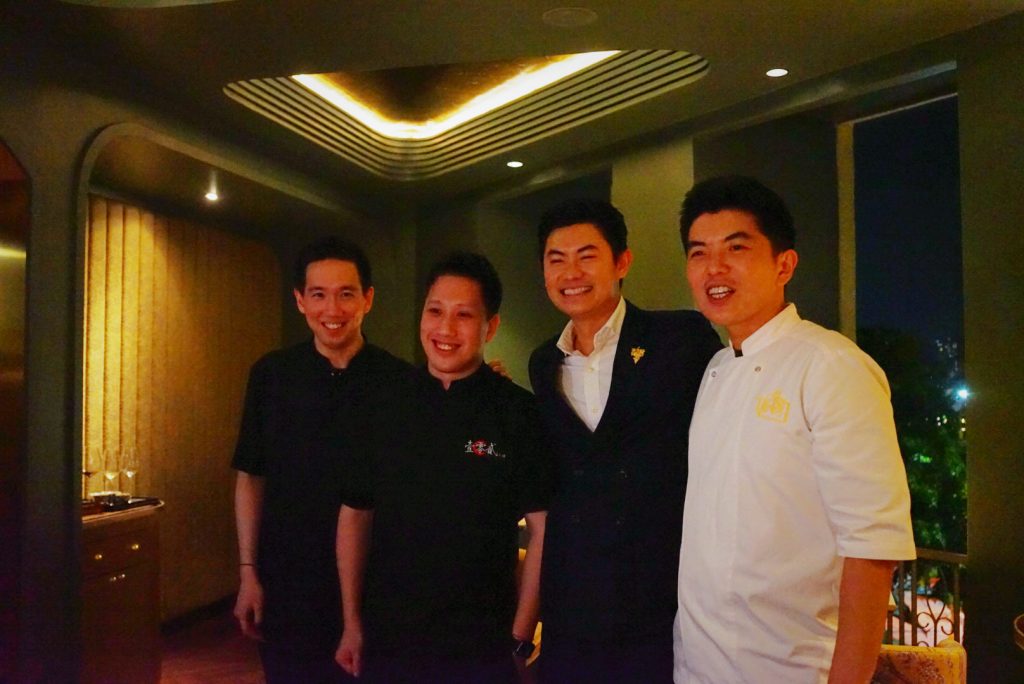
In an era crowded with collaborative menus and one-off culinary stunts, this dinner posed a fundamental question: what does it mean to cook together across borders, languages, and lineages?
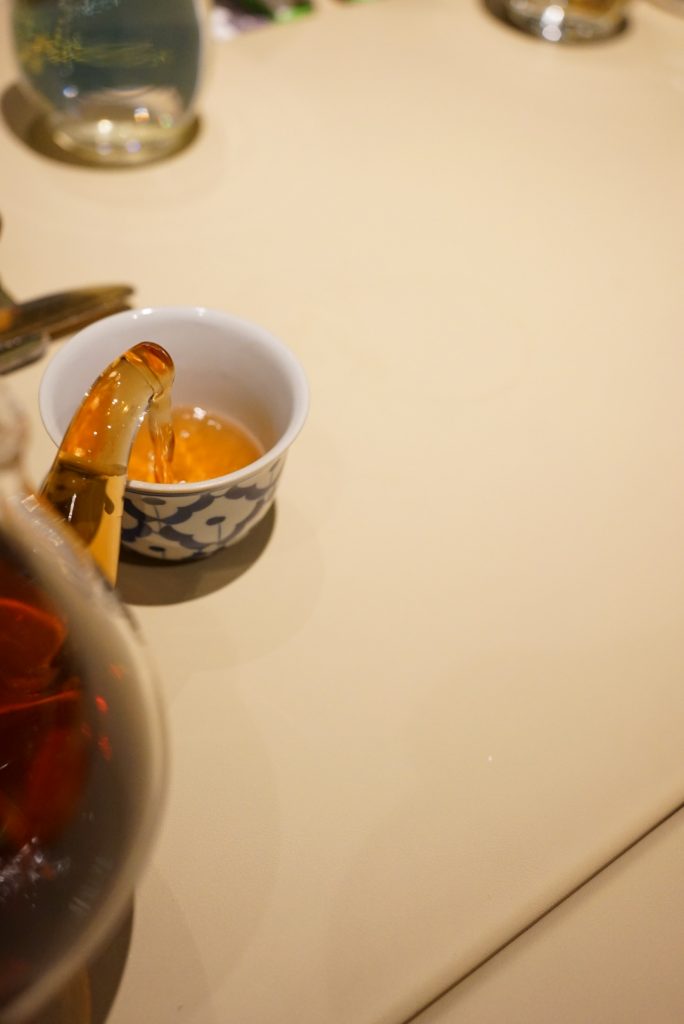
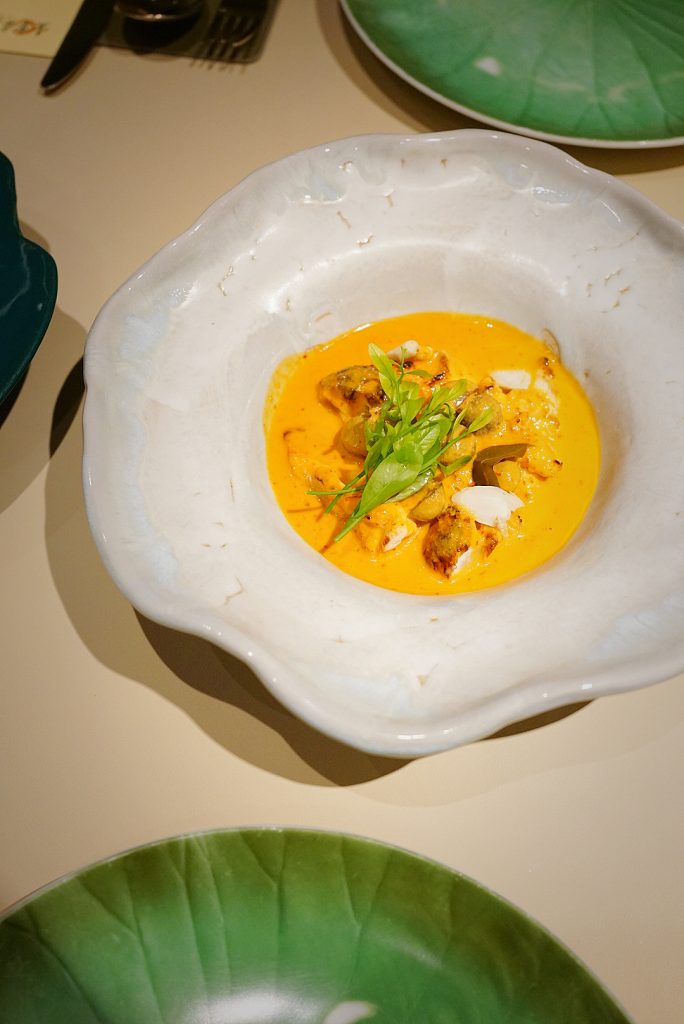
At its heart, it revealed a shift in how collaboration can be approached. It demonstrated that food, when treated as a vessel of culture, could become a way of tracing memory, honoring ancestry, and imagining new futures.
Handled with curiosity, humility and care, collaboration events will go towards a form of cultural translation. A way to explore identity not by blending differences into sameness, but by allowing contrast, tension, or harmony to coexist on the plate.
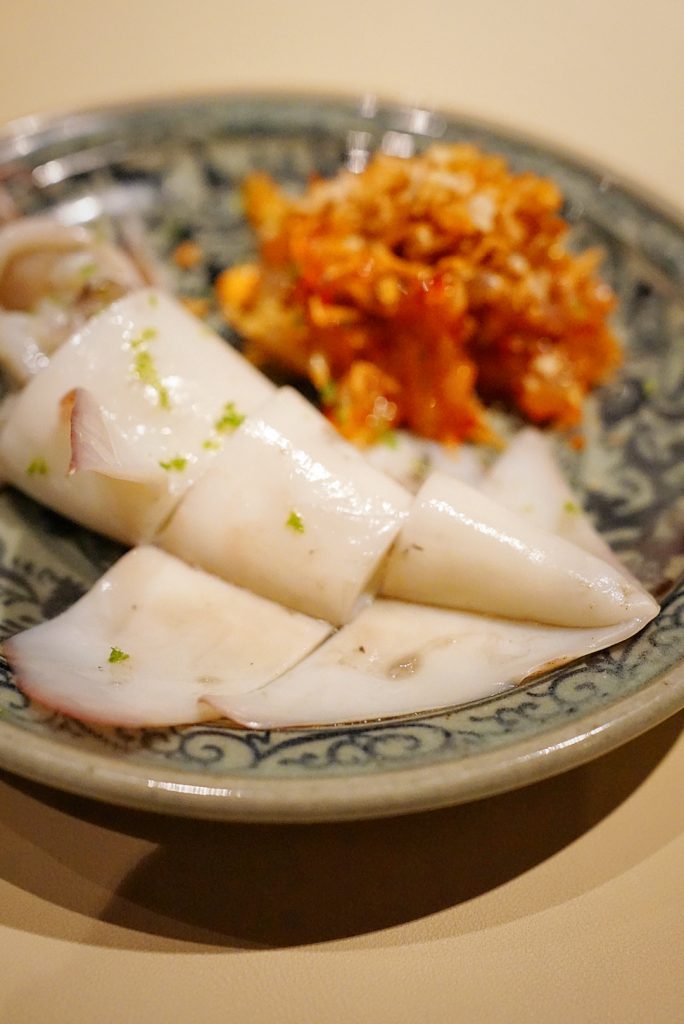
As chefs navigate the world that is both hyper-connected and deeply rooted in place, partnerships offer a roadmap forward. They suggest that culinary evolution need not chase novelty, but can arise from deepened awareness, a willingness to revisit traditions with patience, respect, understanding and originality.
